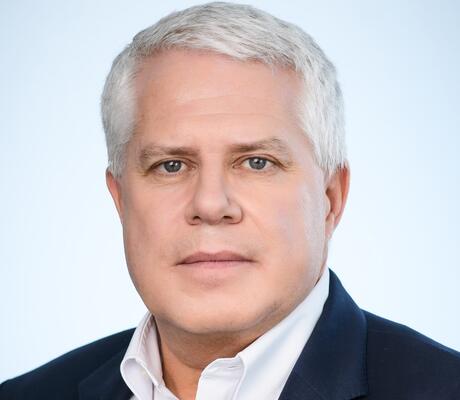Communiqué du Clépa (en anglais)
Three market trends shaping the automotive supply industry
1 – Policymakers need to support industry investments in innovation and manufacturing in the EU
Automotive suppliers, who provide over 70% of a vehicle’s value and deliver the innovation for climate-neutral mobility, are essential to the success of the green transition.
Despite ongoing challenges, such as access to raw materials, rising costs for energy, labour and transport, suppliers have cut costs and maintained investments in R&D: as of today more than 55% of R&D in the automotive industry is financed by suppliers.
However, 70% of suppliers saw their profitability drop to levels that could start to undermine their ability to invest in R&D, the workforce, and new business activities. This endangers needed investments by suppliers which are essential for the future of the industry. In 2023, regulatory action and public financial support will be crucial for maintaining the EU’s global leadership position and ensuring a stronger, greener future.
2 – Energy and supply of materials remain factors of uncertainty
Gas prices in the EU continue to be significantly higher than pre-pandemic levels and five times higher than in the US, despite recent price drops. This, coupled with significant public investment in the US, could undermine the business case for investment in the EU. Production backlogs and a COVID-19 recovery in China could support global vehicle demand but could also create LNG scarcity, a risk for European energy supplies towards winter.
Raw material prices and availability are continued concerns going into 2023. Demand for battery raw materials is likely to surpass supply, driving up prices and pushing back the timeframe for EV and ICE cost parity. A new spike of energy costs could further undermine energy-intensive industries in Europe and lead to local issues in sourcing steel, aluminium and chemical products.
Industry cannot absorb such high costs in the long-term, especially in the face of competition from other major markets like China and the US. Political action is needed to avoid new import dependencies and to ensure access to affordable energy and raw materials. All energy carriers have a role to play.
3 – Production levels will not reach levels like before the pandemic, competition for electric vehicle market share getting tougher
At the end of 2022, production backlogs were still double the average and inventories remain unusually low. Forecasts show that production within the EU will grow by up to 5% compared to 2022. Still, production volumes of around 13.9 million vehicles are still far away from pre-pandemic levels. In 2023, nearly 45% of new vehicles will be electrified (including mild hybrids). Battery electric vehicle production volumes are set to grow by 50%, reaching a production level of close to two million vehicles.
The question becomes, how much of the EVs will be made in Europe? Chinese and US vehicle manufacturers present an increasingly competitive challenge. High production costs compared to other regions could also mean relocating plants outside the EU. It is imperative that we maintain a global level playing field to ultimately speed up decarbonisation in the EU automotive sector.
A holistic approach is needed to reach climate-neutral mobility
Industrial policy and adoption of the Fit for 55 package will dominate the policy agenda in 2023. CLEPA will continue to underline that the green and digital transition can only be delivered if policymakers put the right framework conditions in place. 2023 will require a rethink of industrial policy, including state aid rules and smarter use of public funds across the EU, but also concrete progress on delivering charging and refuelling infrastructure and ensuring access to finance and data for automotive suppliers. The EU’s future as an automotive manufacturing powerhouse will not be secured by formulating ambitious targets in regulation alone.
Digital innovation in the mobility ecosystem would benefit from a sector-specific regulation that ensures equal access to data. Access to capital is also crucial to finance investments in the green mobility transformation. Policymakers should urgently repair the EU’s classification system for its sustainable finance taxonomy to ensure that investors also consider the most critical parts of the supply chain.
Finally, two key emissions regulations, the recently published EURO 7 regulation and the upcoming CO2 standards for heavy-duty vehicles, should be considered in a comprehensive way. The industry will need enough lead time to develop and implement new EURO 7 technologies, and for trucks, cost parity will be the key issue.
Automotive suppliers are committed to making climate-neural mobility the backbone of road transport, and stand ready to work with policymakers and stakeholders this year and beyond.
Thorsten Muschal
CLEPA President and Group Executive Vice President of Sales and Program Management, FORVIA
